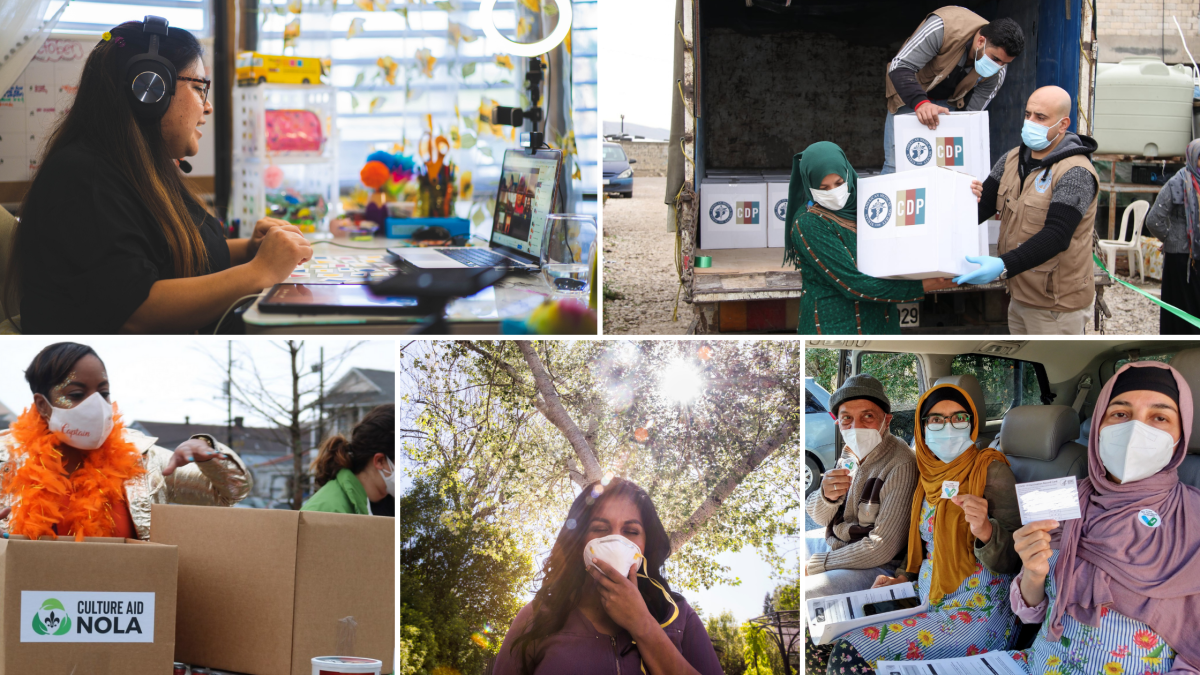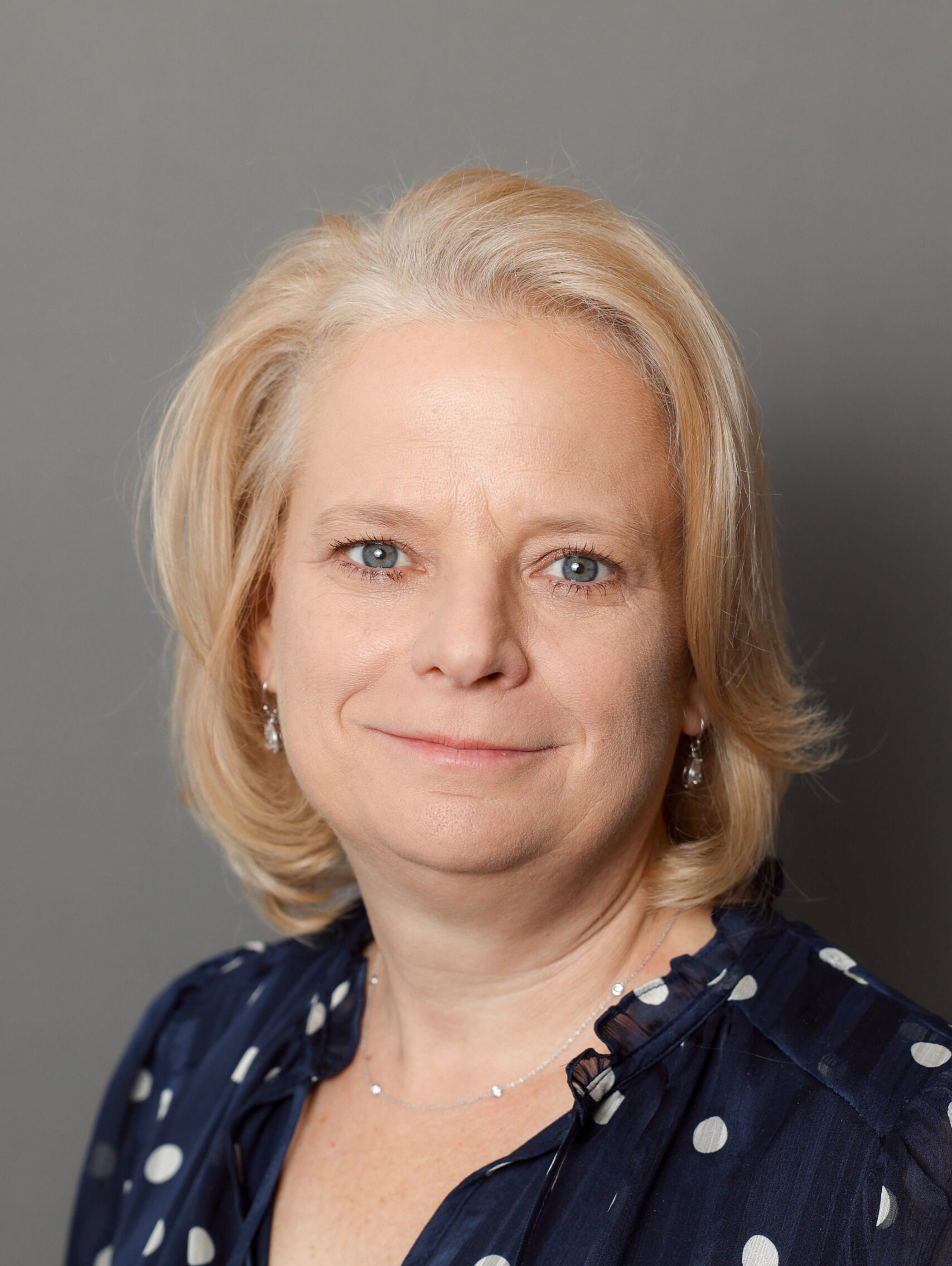Reflecting on 2021 and looking ahead to the new year
As 2021 draws to a close, there are sure to be many of us happy to close the door on the year that felt like an unwelcome extension of 2020. However, to know how best to go into the future, we must look to the here and now. And this means spending some time sitting […]

As 2021 draws to a close, there are sure to be many of us happy to close the door on the year that felt like an unwelcome extension of 2020.
However, to know how best to go into the future, we must look to the here and now. And this means spending some time sitting with the past 12 months. It was a year that passed in a blur, the likes of which I can’t recall previously.
As a society, we continue to witness and often experience breaking records. Some are welcomed, such as the development of the vaccines and their distribution. Others are not: the largest United Nations global humanitarian appeal ever, the deadliest December day for tornadoes, the U.S. surpassing 800,000 deaths from COVID-19, early and intense wildfires across the western states. And then there were the heatwaves, floods and hurricanes.
All in all, the intersection of multiple crises – health, justice, climate, economic and political – across the globe can be overwhelming.
Earlier this week, I was asked how the Center for Disaster Philanthropy (CDP) staff continue to do our work – tracking disasters and advising philanthropy on how best to help affected communities – day after day, in the face of so much need.
The honest answer is there isn’t a simple answer. As much as I’d like to pronounce that we have discovered the empathetic equivalency of a toddler’s energy reserves, this is not so. Like everyone, my colleagues and I grow fatigued with the intensity and pace of disasters. We carry the burden, shared by all relief and recovery workers, of knowing that disaster-affected communities’ needs outpace the donated funds or goods supplied.
And yet, each day, we persist.
This same persistence is evident among our donors, board and advisory council, and beyond this, within the nonprofits that support people affected by disasters. Most critically, it is displayed by the affected communities themselves in their roles as the frontline of any response and the backbone of recovery.
Kahlil Gibran said, “It is when you give of yourself that you truly give.”
One certainty we have for 2022 and beyond is that the challenges of the past years will accelerate and grow, as will the call upon individuals to give of themself in the service of others. As forewarned is forearmed, some suggestions:
- Make hope a contagion, and pass it on. A colleague once said to me that worrying is borrowing tomorrow’s trouble. Wise words and of great import in a disaster when the unknowns often outnumber the knowns.
- Emulate the passion, commitment and spirit of the many who see and do good. I am inspired by individuals like Jim Finch of Kentucky, whose first thought on seeing the devastation of Mayfield was to load his truck with a grill and meats, drive across the state, and offer meals to people in need.
- Remember, a disaster may last but a moment, but recovery can take a lifetime. Mobilize to create real, transformative change by building the power and amplifying the voices of those disproportionately affected by disasters.
No one part of our gathering of disaster caregivers can solve the challenges that face us globally today. But we can and must celebrate the creative and innovative solutions forthcoming from communities and our collective efforts towards a thoughtful and equitable recovery for all.
I wish you a healthy, happy and prosperous new year.
